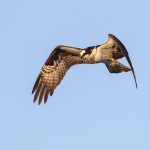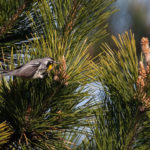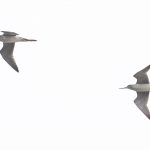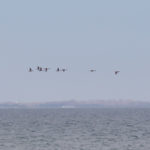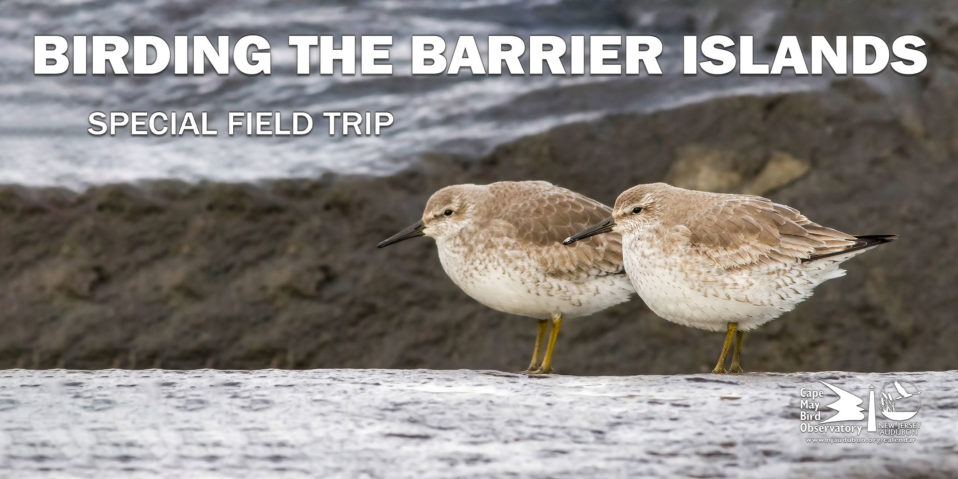Clapper Rail is far from the most likely bird one might expect to see in the dunes at Cape May Point, but this one was encountered after a significant nocturnal movement of the species the night before. Photo © Tom Reed.
BY TOM REED & JESSE AMESBURY
Summary
Less-than-stellar conditions for landbird migrants continued from late April, but there were still a number of highlights during this period. The month opened with coveted southwest winds and a fair movement of waterbirds and landbirds on the 1st, with a Glaucous Gull serving as the headliner. The fun continued on the 2nd, as winds backed to the southeast but the previous night’s southwesterlies still produced the goods, with a very late Red-necked Grebe, the season’s first Black Tern, and a smattering of landbirds making for a great morning. A Clapper Rail in the dunes greeted the team upon arrival on the 3rd, as the easterly winds gained some footing. The 4th was quieter with sustained but light easterlies, but a shift to the north by the 5th brought an uptick in volume and diversity of landbirds, including Cape May Warbler and both orioles. The 6th was similar but with lower volume. A strong coastal storm took hold by the morning of the 7th, with 8 Caspian Terns and a surprising total of 12 American Pipits counted, along with a Common Nighthawk arriving from the bay.

Monarchs are far less numerous in Cape May during spring than compared with autumn, but most years a few are seen during the Springwatch season. Photo © Tom Reed.
Strong northeast winds and rain continued into the 8th, with migration largely shut down, aside from some shorebirds and seabirds, with notables such as 5 Black Terns, 6 Roseate Terns, Manx Shearwater, and Wilson’s Storm-Petrel all on the tally sheet! The 9th saw a slight improvement in these conditions but the seabirds continued strong, with 5 more Wilson’s Storm-Petrels, 11 Roseate Terns, and 4 Arctic Terns. Continued soupy conditions brought a spring-record 13 Roseate Terns past the watch on the 10th. North and northeast winds (and at times fog) continued through the rest of the month’s first half, but not before the Springwatch’s first ever Ruff flew past on the 12th. Would conditions improve? Find out next time.
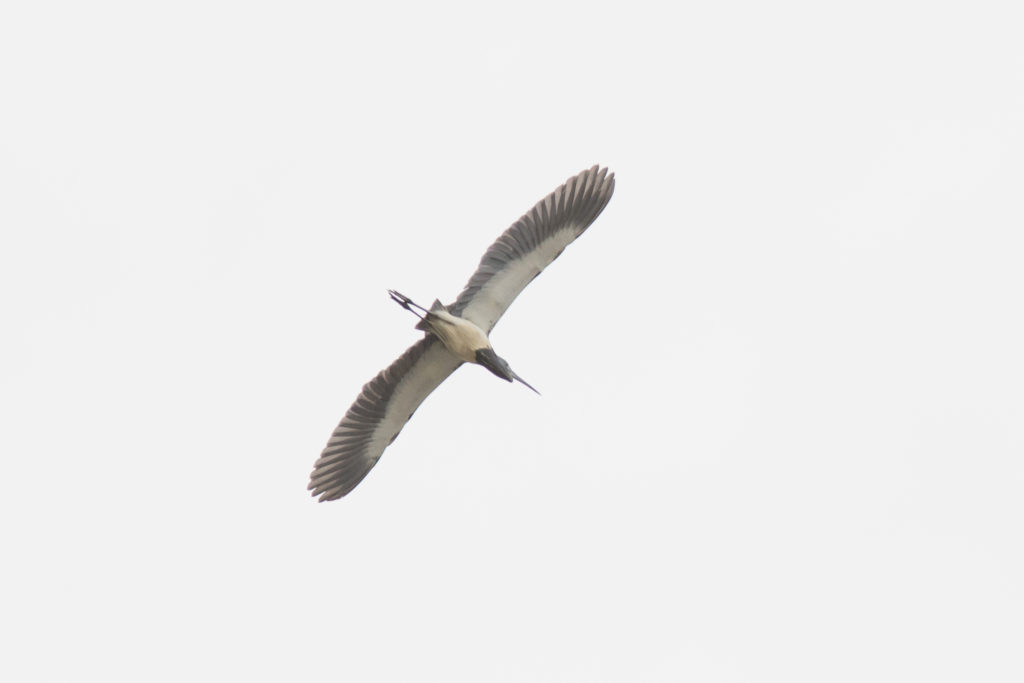
A Tricolored Heron arrives from Delaware on one of many gray mornings during the first half of May. Photo © Jesse Amesbury.
Thanks for reading, and we hope to see you in Cape May this spring! The migration count at Coral Ave starts at sunrise every day and continues for at least four hours. To learn more about the Cape May Springwatch (and to view daily migration count totals), head over to our Springwatch information page. This project is made possible through the generous support of Larry & Judy Winne, Zeiss Sports Optics, and the Borough of Cape May Point, NJ.





